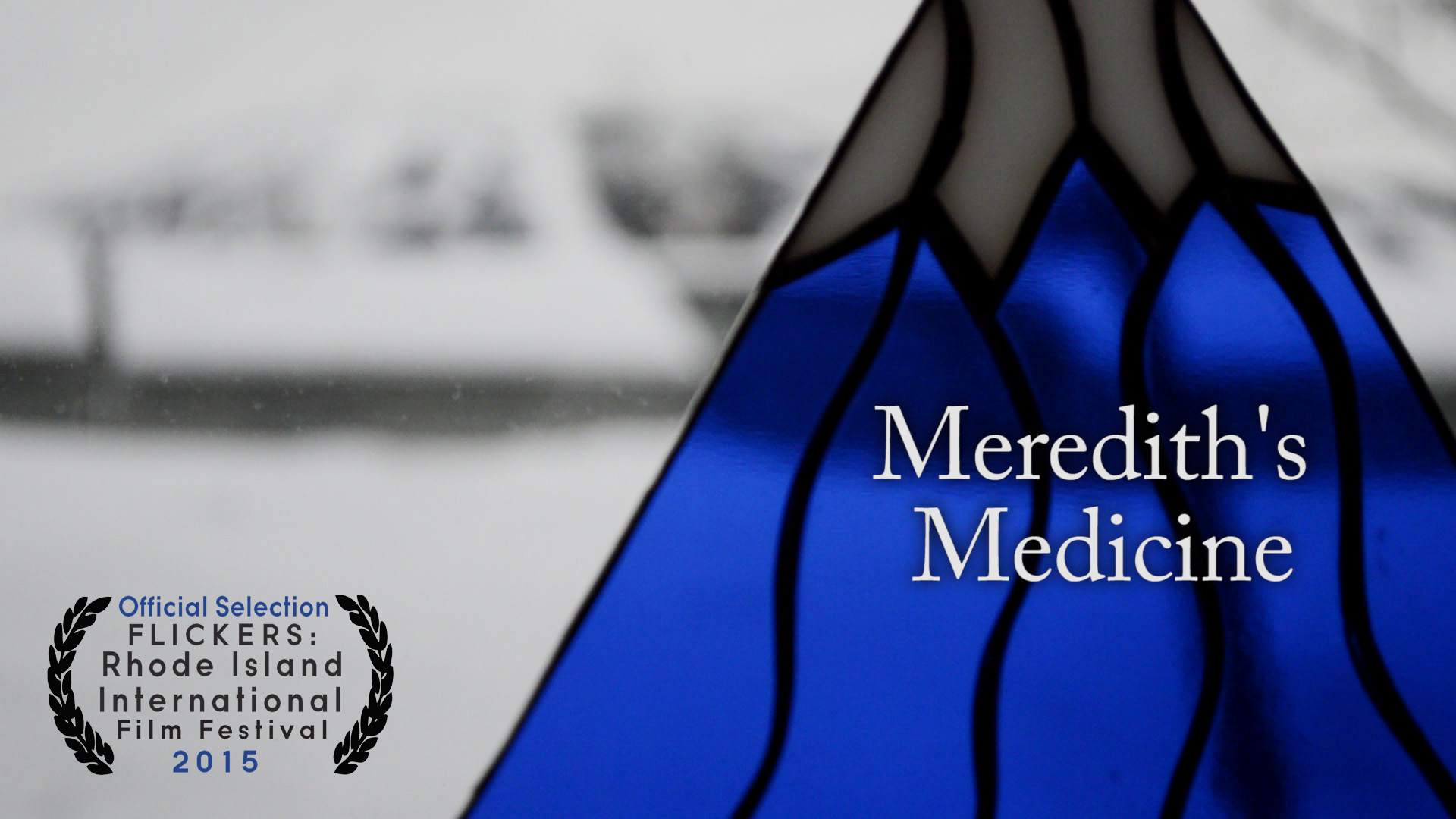Documentary
2017 Online New England Film Festival | Provincetown International Film Festival | Documentary | Rhode Island | Watch Online Now |
Tick Days
At ground zero of a deepening health crisis of tick-borne diseases, bug guy Larry Dapsis is fighting to protect his Cape Cod neighbors.
2017 Online New England Film Festival | Salem Film Fest | Documentary | Massachusetts | |
The Sisters

An intimate portrait documentary about a woman who runs an antique shop in downtown Boston.
2017 Online New England Film Festival | Maine Short Film Festival | Documentary | Maine | Watch Online Now | Jury Award Winner
The Long Haul
We follow one woman as she heads to sea on a fishing boat. In the eerie night or under the still bright sun, it’s not always clear where or when this is. It appears as a dream removed from the particulars of the woman’s circumstances and so in her melancholy narration she might not just be describing her own life alone, but also ours.
This film was made by possible thanks to the kind support from the Macdowell Colony.
2017 Online New England Film Festival | 2021 Online New England Film Festival Retrospective | Independent Film Festival of Boston | Maine Outdoor Film Festival | Providence Children's Film Festival | Rhode Island International Film Festival | Woods Hole Film Festival | Documentary | Connecticut | Rhode Island | Watch Online Now |
Imagine Kolle 37
“Imagine Kolle 37” is a short documentary/narrative hybrid film about two girls who imagine their way to Kolle 37, a real adventure playground in Berlin, Germany.
Recently called “the mother of all Berlin playgrounds” by The New York Times, Kolle 37 enables children to build and climb three-story wooden structures, make fire, and use hammers, saws and axes. Founded in 1990, Kolle 37 invites young people ages six through sixteen, without their parents, to embrace risky play in the “adventure playground” under the loose supervision of playworkers.
Although about 1,000 adventure playgrounds exist in Europe, there are only a few in the U.S. where the concept of “free play” is becoming an endangered concept. But adventure playgrounds not only encourage young people to play outdoors in all seasons, they also provide children a chance to face risk, learn skills, and build confidence.
Ultimately, “Imagine Kolle 37” poses the question—can we, as Americans, imagine Kolle 37, which in fact is a real children’s playground in Berlin?
2016 Online New England Film Festival | Rhode Island International Film Festival | Documentary | Maine | Rhode Island | |
Meredith’s Medicine

Meredith has always harbored a deep connection with her favorite ski resort, but after being diagnosed with breast cancer in 1999, her relationship with the mountain entered a whole new level.
2016 Online New England Film Festival | Maine Short Film Festival | Documentary | Maine | |
The Raw Essence of Carlo Pittore
The Raw Essence of Carlo Pittore is part of a series of films titled Great American Artists launched in 1999 as Maine Masters. Carlo Pittore (b. Charles Stanley, 1943-2005) was one of the original founders of the Union of Maine Visual Artists, the sponsor of this film series. As his friend the poet Bob Holman says in the film, “Carlo led a merry band of artists” in the 70s living in the yurts of Bowdoinham. Carlo was an internationally renowned “mail” artist and the postcards he sent around the world and exhibited at over a thousand shows are extraordinary.
It is with the hope that the release of this short will encourage others to help us fund the feature length version of this very complex artist. Contact mainemasters1@gmail.com for more information about this continuing project.
2016 Online New England Film Festival | Salem Film Fest | Documentary | Massachusetts | Watch Online Now |
The First Thought
A mother learns to let go of her son who is addicted to heroin.
2016 Online New England Film Festival | Salem Film Fest | Documentary | Massachusetts | |
Going the Distance
At the 121st annual Penn Relays track meet in Philadelphia, three runners prove that age is just a number as they compete in a 75-and-older 100m dash.
2016 Online New England Film Festival | Woods Hole Film Festival | Documentary | Massachusetts | Watch Online Now |
Crest Of The Hill
As his Alzheimer’s progresses, Greg O’Brien prepares to sell his family home.
2016 Online New England Film Festival | Salem Film Fest | Documentary | Experimental | Massachusetts | Watch Online Now |
Memorial
Craftsmen are dwarfed by giant, abstract sculpture in Memorial, an experimental documentary. Monumental sculptures appear first as silhouettes, emphasizing their geometric purity and reminding us that cinema itself is act of reduction and representation. Human craftsmen provide scale, and the eyes through which we perceive the work. Crawling about and even soaring, God-like, over the rusty plates and tubes, they simultaneously humanize and deify this inanimate work. Archival footage introduces a sense of temporality, and asks us to consider how the scales of time differ for humans and our creations.
Memorial chronicles the complete lifecycle of its steel subject, but leaves the biggest question—why must it be destroyed?—to the audience. In considering this, we confront our own mortality and choices to express ourselves through art, even if it will not outlast us.










